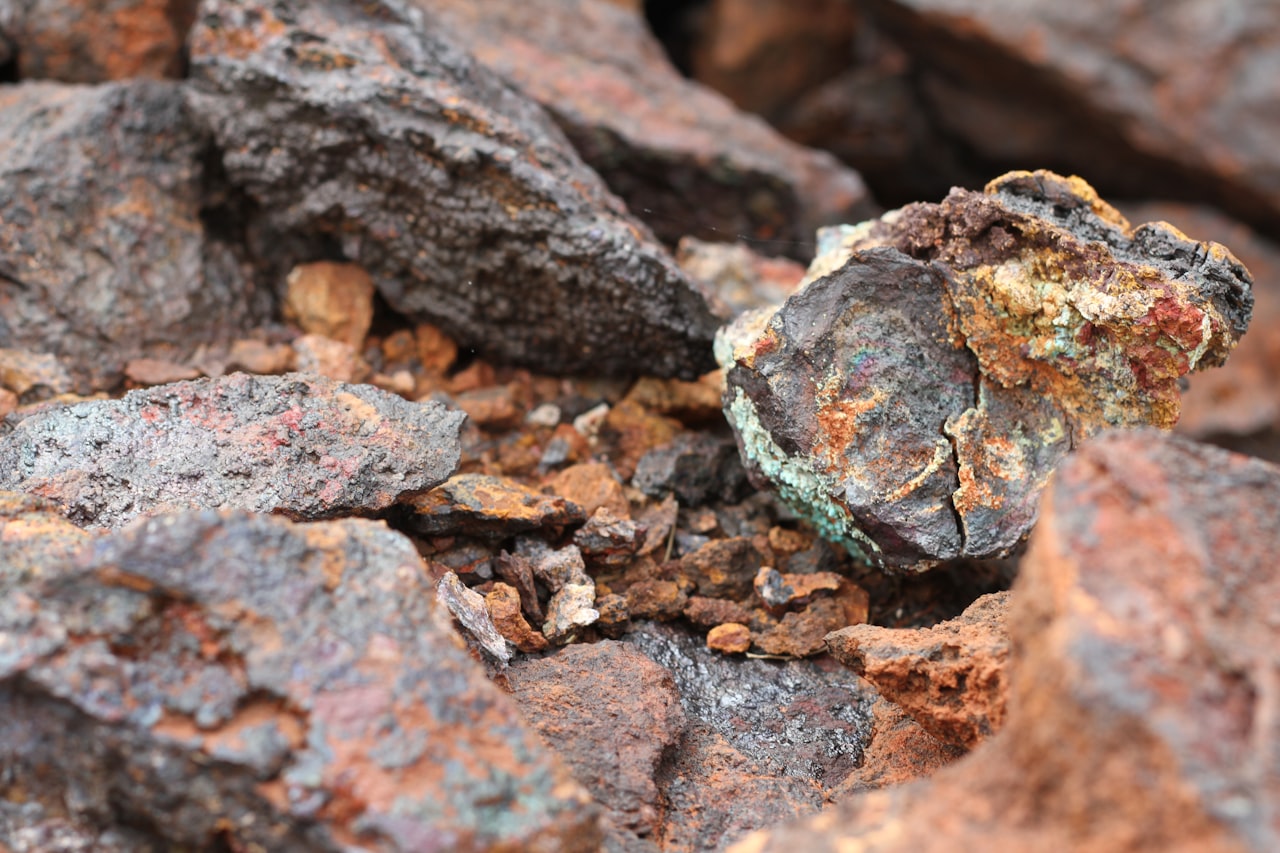Preparing for Spring High Tunnel Tomato Production by Gena Moore, CFSA Organic Research Coordinator
Tomatoes are one of the leading crops grown in high tunnels throughout the Carolinas. With the capability for season extension, tomato transplant dates for high tunnels are already quickly approaching.
Targeting an early market with tomatoes can mean higher profits for many farmers. While most production plans are set for our upcoming growing season, there are some critical decisions to be made in regards to the implementation of a production plan.
Early spring grafted and un-grafted heirloom tomatoes in a high tunnel at Lomax Farm.
Variety
Consider your market and customer needs before selecting varieties, as varietal selection is key in tomato success:
Heirlooms have superior taste qualities but may not produce as much as a hybrid variety.
Grafting is also an option to increase yields and help mitigate disease risk, although it can be more expensive and time consuming.
Determinate tomatoes will produce a quick early crop while indeterminate tomatoes will produce a crop throughout the summer.
Seeds vs Transplants
If not already purchased, choose seeds and put your order in soon.
If buying transplants, preorders are most likely past due; however, some retailers may have select varieties available on your transplant date. Contact your desired supplier to check dates and availability. For information on transplant production and suppliers, give Successful Transplant Production a gander.
Timing
Determining your transplant dates depends greatly on your market needs, the variety itself and the microclimate in your high tunnel.
As a general rule, choose transplant dates 2-4 weeks earlier than field planting or frost dates.
Carefully consider your high tunnel’s conditions and capabilities before setting a transplant date. If you’re unsure of your tunnels microclimate choose “safer” transplant dates to avoid potential cold damage.
Once transplant dates are set, select seeding dates approximately 5 weeks prior to transplant date.
Bed Prep
Prepare beds in your tunnel prior to the transplant date. Tomatoes like deep, well-drained soil, which can be accommodated with raised beds.
Be sure to also harden-off transplants a few days prior to the transplant date.
When the time comes, transplant tomatoes into moist soil to reduce stress on plants. Proper spacing depends on variety and trellising.
A 30-inch bed can accommodate:
One row of tomatoes with Florida weave trellising at 18-inch in-row spacing, or:
Two rows of tomatoes with roller hook trellising at 24-inch staggered in-row spacing and 18 inches between row spacing.
Row cover blanketing grafted and un-grafted heirloom tomatoes in a high tunnel at Lomax Farm.
Care
Finally, closely monitor plants and the high tunnel micro-climate.
When lows are forecasted to be below freezing, close the high tunnel in the late afternoon to capture peak heat. Also consider using row cover to further protect plants from cold damage. Once nighttime lows are forecasted to be 50°F or higher, leave the tunnel open or vented to avoid unnecessary leaf moisture.
Prune and sucker plants as needed. Prepare for your harvest!
Thirsty for More?
See our brand spankin’ new “Seasonal High Tunnel Production: Organic Tomato Guide” for a more comprehensive exploration on the topics discussed above.
Prefer hands-on guidance? CFSA now has a technical service provider on staff who can help you find success growing in a high tunnel! For further information, please read more
here.










